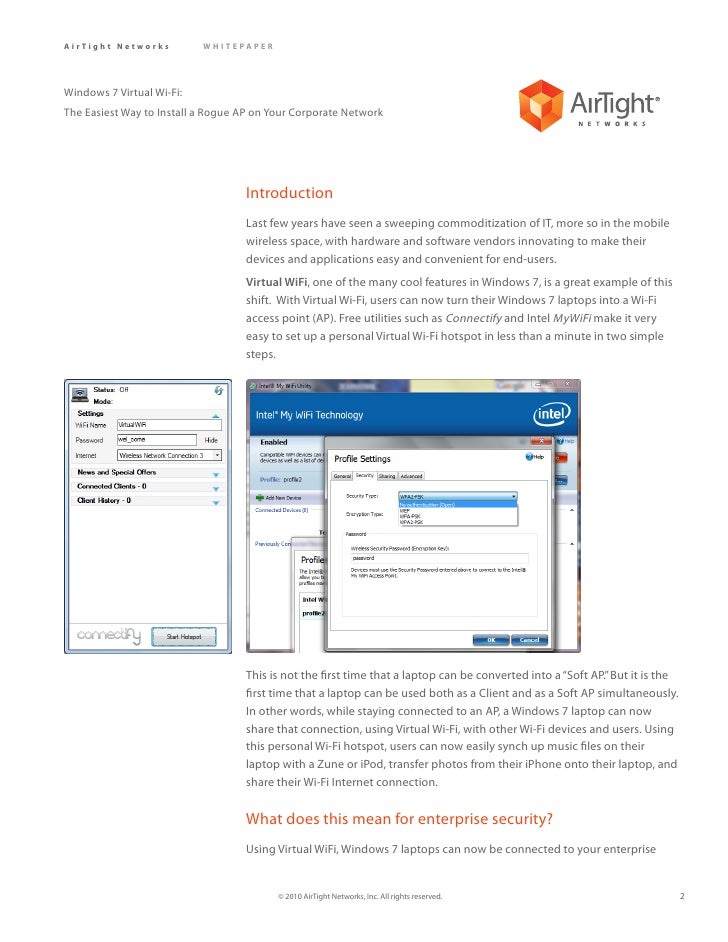Easiest Way To Install Cacti On Windows 7
Feb 10, 2013 This is the easiest way to install cacti-0.8.8a in windows. Just install file cacti installer for Windows, then cacti and all the needed files will be installed automatically. Thank you who has made the cacti installer.
Configure a Web Server Cacti functions with any web server which utilizes PHP and MySQL. It's up to the system admin to utilize Microsoft IIS, Apache, or something else.
Microsoft IIS Install. Configure Follow:. After following the above guides: IIS6 has the IISWPG user account.
IIS7 it's called IISIUSRS. Give the COMPUTERNAME IUSR and COMPUTERNAME IISWPG users Read & Execute permissions to the file C: Windows system32 cmd.exe.

Yes, this can be a large security hole, but it's required so RRDTool can be launched for graphing by the anonymous web account. For slightly improved security, one can specify a separate custom User account which would be used for the /wwwroot/Cacti/ site. Then, instead of using IUSR everywhere throughout this document, replace it with the custom User account. This way, only a security vulnerability in Cacti's code could exploit cmd.exe and not all sites on the IIS server. Right click on cmd.exe and select Properties.
Click on the Security tab. Select the IUSR account. Click on Read & Execute in the Permissions box. Repeat for the IISWPG user. Both IUSR and IISWPG users will also need read permissions on C: Inetpub wwwroot cacti and its subfolders. Right click on the folder C: Inetpub wwwroot cacti and select Properties.
Click on the Security tab. Click on Add. Under the group or user names section. Type in IUSR COMPUTERNAME or click Advanced. And Find Now. Repeat for the IISWPG account. Click OK to close the select users or groups window.
Select the IUSR COMPUTERNAME from the list. Select Read & Execute from the Permissions box. Repeat for the IISWPG account.
At the bottom of the Security tab, click on Advanced. In the Permissions tab, click on Replace permissions entries on all child objects with entries shown here that apply to child objects.
How To Install Cacti On Ubuntu
Click Yes to the Security warning dialog box. Click OK to close the properties window.
Give the IUSR and IISWPG users modify permissions to the folders C: Inetpub wwwroot cacti log and C: Inetpub wwwroot cacti rra. Completely stop and start the IIS service using the following commands from the command prompt. Alternatively, use the Service MMC snap-in under Administrative Tools: net stop iisadmin net start w3svc. Install WOFF mimetypes for TrueType Fonts:%SystemRoot% system32 inetsrv appcmd.exe set config /section:staticContent /+'fileExtension='.woff',mimeType='application/font-woff'%SystemRoot% system32 inetsrv appcmd.exe set config /section:staticContent /+'fileExtension='.woff2',mimeType='application/font-woff2' Apache Make sure to stop the IIS web services before proceeding with the Apache installation or make sure Apache is configured on an alternate port. Install. Download the latest version from.
How To Install Cacti On Suse Linux
Make sure to read the for other Windows tips. Extract the ZIP file to C: Apache24. Edit Apache24 conf httpd.conf. Set ServerRoot.
Set ServerName. Manually run httpd.exe at a command prompt to check for errors. Once error free, execute httpd.exe -k install Install PHP. Download the latest version of PHP 7.0 from. Extract the ZIP file to C: PHP. Add C: PHP to your Windows PATH environment variable. The Windows path variable can be accessed via the Control Panel at: System Advanced Environment Variables.
In the System Variables groupbox, find Path and click Edit and add: C: PHP. Add a new system variable called PHPRC. Its value should be: C: PHP. Add a new system variable called MIBDIRS.
How To Install Cacti On Windows
Its value should be: C: PHP Extras mibs. Rename C: PHP php.ini-production to C: PHP php.ini. Find and then uncomment/modify the following lines in C: PHP php.ini.